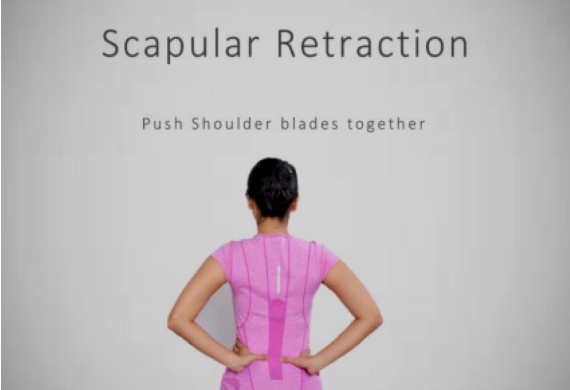Request Appointment
Enter your details and we will be in touch with you shortly;
Or call
8655885566
between 8 am and 8 pm.


There are various causes of Lower back Pain ranging from bad posture, obesity, lifestyle factors, post-pregnancy to systematic conditions like ankylosing spondylitis amongst others. You must see a doctor/physio if your pain is disabling, hasn’t been getting better, there are more episodes lately or are affecting your lifestyle and keeping you from your daily tasks. An MRI or an X-ray image of your back may be required to study your spine closely.
Causes of lower back pain vary from lifestyle, occupation, genetics, individual characteristics and so on that are associated with a higher risk of developing a specific health problem. Individual studies have shown certain mechanical factors to be associated with lower back pain or disc prolapse:
A high incidence of low back pain has been found in those who spend a lot of their working day either sitting or standing, but was much less common in those who were able to vary their working positions regularly during the day.
Occupational physical stresses that have been found to be consistent and in general strongly associated with the occurrence of back pain across multiple systematic reviews are as follows:
Frank et al. (1996) estimated the relative risk of low back pain associated with heavy lifting and whole-body vibration to be three to four times normal, and that of spinal loading, postural stresses and dynamic trunk motion to be more than five times normal. Obesity, smoking, weight gain during pregnancy, stress, poor physical condition, and the poor sleeping position may also contribute to low back pain.
Physical causes of low back pain may include osteoarthritis, degeneration of the discs between the vertebrae or a spinal disc herniation, fracture of vertebra (such as from osteoporosis) or, rarely, an infection or tumour of the spine. However, Younger adults (e.g. 30 to 60-year-olds) are more likely to experience back pain from the disc space itself (e.g. lumbar disc herniation or degenerative disc disease) or from a back muscle strain or other soft tissue strain and Older adults (e.g. over 60) are more likely to suffer from pain related to joint degeneration.
Epidemiological studies addressing psychosocial risk factors as a cause of back pain are far fewer than those investigating physical factors. Low job satisfaction, relationships at work, including social support, high job demand, monotony or lack of control at work, stress and anxiety are factors that have an association with back pain in several studies, although the evidence [or these factors is often weak or contradictory (Burdorf and Sorock 1997; Ferguson and Marras 1997). There are equal numbers of studies that are negative and show no relation between these psychosocial variables and back pain (Vingard and Nachemson 2000).
X-ray and MRI
Scans are only able to give us the picture of your disc and the spine, but the most important structure, the muscles, are not ‘measured’ or studied in any way. The test is mostly repeated at the end of your treatment to see the differences and progress that your muscles have made in the given time. DSA is recommended to people who have any complaints of low back pain in the past, so the treatment line is clearer and more focused. Low back pain needs attention in the start so it’s worsening can be arrested and steps for correction and prevention are taken too.
Low Back Pain Treatment
The success of treatment mainly depends on the precision of the diagnosis. The treatment goals are re-assessed regularly so to track the progress the patient is making, not only in terms of symptoms but also, the activities achieved during the course.
The treatment mainly consists of three phases. The first phase will focus on arresting the current problem and relief from the symptoms through a set of thoroughly devised treatment protocol made specifically for your body type and needs. This will be simultaneously done with the strengthening of the required muscles that provide stability to your spine. An exercise program for home will enable to tackle the pain as the time proceeds. These exercises will be revised periodically. Manual mobilization or manipulations of the spine, which are widely used world over are used in some of our patients, depending on the case. Most of patients, by the end are well equipped with information to tackle minor episodes which may be brought on sometimes.
The goal of treatment is to work on the root cause and correct that in order to have long term relief. Our aim is to make our patients self-reliant.
Qi Spine Clinic has treated over 17,000 patients with back ailments with a success rate of 91%.
Qi Spine Clinic India’s first and only healthcare offering that exclusively focuses on the diagnosis and treatment of spine related problems.
Clinic Locations: Currently we have 19 clinics across India in Mumbai, Delhi & Pune
Contact Us: +91 8655885566/ +91 7827907070
To learn more, please visit qispineclinic.com
Visit our nearest clinic for your first consultation